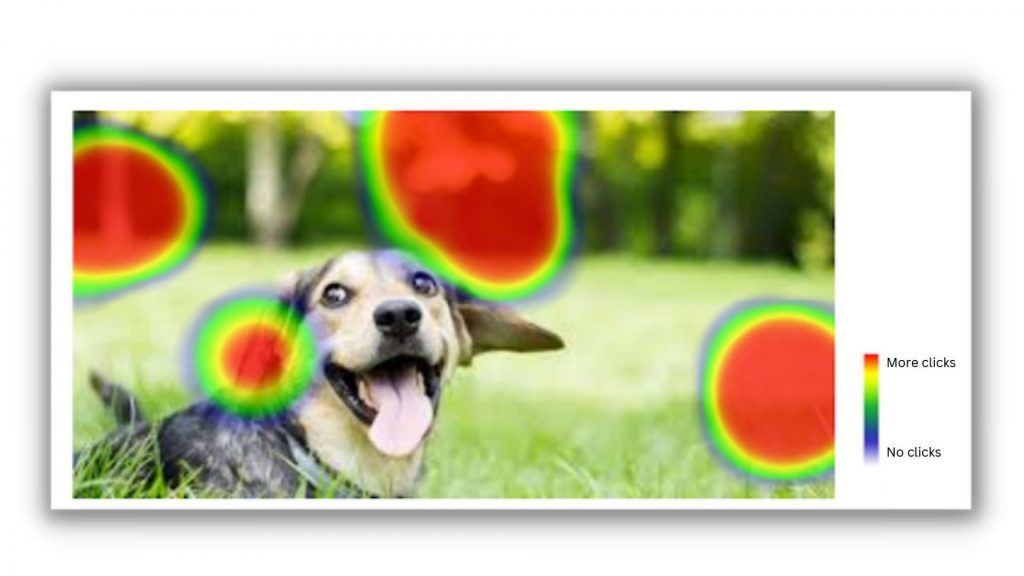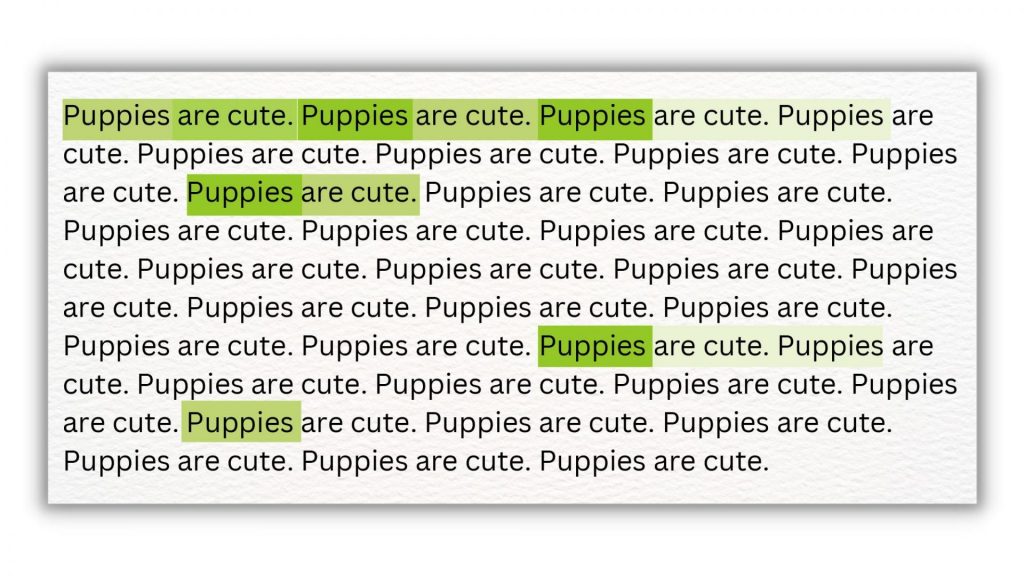
In the fast-paced world of marketing, crafting compelling copy is an art form that can make or break a campaign. But how do you know if your words are truly resonating with your target audience?
This is where copy testing surveys step in as invaluable tools, offering a window into the minds of your target customers and providing critical insights into the effectiveness of your messaging.
In this blog post, our advertising market research company dives deeper into copy testing surveys, exploring their benefits, value, and a real-world case study.
What is a Copy Testing Survey?
An ad copy testing survey is a research method used in marketing to evaluate the effectiveness and impact of advertising messages or copy.
It involves presenting different versions of ad content (such as headlines, taglines, body text, visuals, or overall messaging) to a sample of the target audience and gathering their feedback.
Whether it is part of an ad concept testing study or a one-off survey, the goal is to understand which version of the ad resonates the most with the audience, drives desired actions (like clicks, conversions, or purchases), and effectively communicates the intended message.
These surveys employ various metrics, such as recall, likability, comprehension, and intent to engage, to objectively measure the performance of different ad variations. The insights gained from ad copy testing surveys help advertisers refine and optimize their messaging strategies to maximize the impact of their advertising campaigns.
The Value of Copy Testing Surveys
Audience feedback is essential for any brand that wants to grow its base.
In fact, up to 38% of consumers will lose interest in a brand that doesn’t have an engaging copy or layout, making it all the more necessary for brands to invest in copy testing surveys.
More specifically, conducting copy testing surveys offers several valuable benefits for advertisers and marketers such as:
- Optimizing Messaging Effectiveness: By gauging audience reactions, you can fine-tune your copy to ensure it resonates with your target demographic, leading to higher engagement and conversion rates.
- Reducing Risk and Wasted Resources: Testing helps identify potential issues or ineffective messaging before a full-scale campaign launch, preventing the wastage of resources on ineffective ad placements.
- Maximizing ROI: Improved ad effectiveness means a higher return on investment (ROI) as your advertising budget is more efficiently utilized to drive desired actions.
- Increasing Brand Recall and Awareness: Well-crafted copy can enhance brand recall and awareness, ensuring your message lingers in the minds of your audience long after they’ve seen your ad.
How to Conduct Copy Testing with Surveys
Now that you understand how these surveys are an incredible tool for brands who want to provide quality content to their customer base, let’s discuss how to conduct copy testing surveys to generate data-driven marketing strategies.
Below, our market research company shares a brief rundown of the steps we follow when running these surveys for organizations.
Step 1. Kickoff Meeting
A market research kickoff meeting is a chance for the client to meet with the research team.
This step should never be skipped, as it’s a chance for both teams to discuss the core objectives of the copy testing survey.
Common discussion points include:
- Project objectives
- Market research process
- Questions/topics covered in the survey
- Rundown of project timeline
After covering these topics, both teams will be on the same page and can then begin testing the brand’s copy.
Step 1. Designing the Survey
Next, the survey will be written and programmed into an online survey platform.
Of all the steps that go into the online survey process, creating the survey questions is one of the most time-consuming. But for a good reason . Copy testing survey questions need to be clear and concise in order to get the best responses.
Step 4. Survey Testing and Fieldwork
After the survey is written, it will be thoroughly tested prior to a full launch.
This typically involves the survey being sent out to a smaller pool of respondents before being sent out to the rest. That way, if there’s any issue, it won’t be seen by the entire group of respondents.
Once it’s sent out to the full sample of respondents, fieldwork begins. This simply refers to the amount of time the survey is actively being taken.
Step 5. Analyzing and Reporting Feedback
Once fieldwork wraps up, responses will be carefully reviewed by the research team.
Referred to as data-cleaning, this process ensures that only quality responses are used in the final report.
A market research report will detail all of the findings based on what respondents said.
These reports may include:
- Common themes of responses
- Key data points
- Recommended actions
- Infographics
Additionally, the Drive Research team will host a debrief meeting to discuss all the findings in person. The client will be able to ask any final questions and receive in-person advice from the team.
Copy Testing Survey Example
A full-service insights and strategy firm in Minneapolis, MN partnered with Drive Research to conduct a market research study for a specialty fruit brand in California. Below we share the details of the study for an inside look at a real-world copy testing survey project.
Objectives of the Copy Testing Survey
The goals of the market research project were to gather feedback on how well stills, videos, headlines, and attributes perform among the target audience.
The brand was looking to understand how the tested creative performed among respondents regarding boosting awareness of the brand and other key pathways.
These and other secondary objectives were addressed in the survey.
The data and findings from the market research provided the client with unbiased, credible, and representative views to guide decisions.
Approach to the Copy Testing Survey
To address the objectives for the insights and strategy firm and its specialty fruit brand client, Drive Research recommended the following market research approach. This included a quantitative online survey within the U.S. geography.
All respondents were residents in the U.S. within the specialty fruit brand’s footprint. The survey was blinded, which meant respondents did not know it was sponsored by the specialty fruit brand when starting the survey.
The online survey took an average of 13 minutes to complete and included 32 questions. The survey received 1,029 responses.
Fieldwork for the survey was completed in less than one week, beginning on November 20 and lasting until November 24, 2020.
Copy Testing Techniques
Our market research company utilized various analysis techniques for the fresh produce company such as:
Heat Maps
Heat maps can identify the most and least favorite areas of an image.

Agreement Scales
Agreement scales under the visual can help validate messaging.
Text Analytics
For a more advanced analysis of the open-ended responses, text analytics can identify underlying themes such as likes and dislikes.
You can also understand what questions respondents may have, what their preferences are, and their gut reaction to the ads.

Outcomes of the Copy Testing Survey
The detailed findings from the survey outlined in a market research topline report remain confidential with the insights and strategy firm and its client.
The copy testing survey answered the following research objectives:
- Does the tested creative boost brand awareness and recognition of the brand?
- Do the stills hit on key pathways and the desired brand characteristics of the brand?
- Which still and video are most memorable to the target audience?
- Do the videos communicate pathways and critical messages to the target audience?
- Which headline is the most preferred among the target audience?
- Which attributes are most appealing to the target audience?
The fresh produce research topline summary report included a background and methodology, an executive summary of findings, and key data visualizations.
This deliverable was intended to provide a bullet-point style report touching on the critical insights from the market research study.
The report also included links to reporting dashboards featuring a detailed question-by-question breakdown of the survey.
Additionally, an Excel cross-tabulation banner file was shared to show a breakdown of the data into key segments for each question in the survey.
Lastly, a full data file showing all responses was delivered to the client.
Recommended Reading: Understanding the ROI of Market Research for Advertising
Conduct Copy Testing Surveys with Drive Research
Drive Research is a full-service market research company. Our team of senior market research professionals designs and conducts copy testing surveys for brands across the country. Interested in learning more about our market research services? Contact Drive Research by filling out the form below or emailing [email protected]



